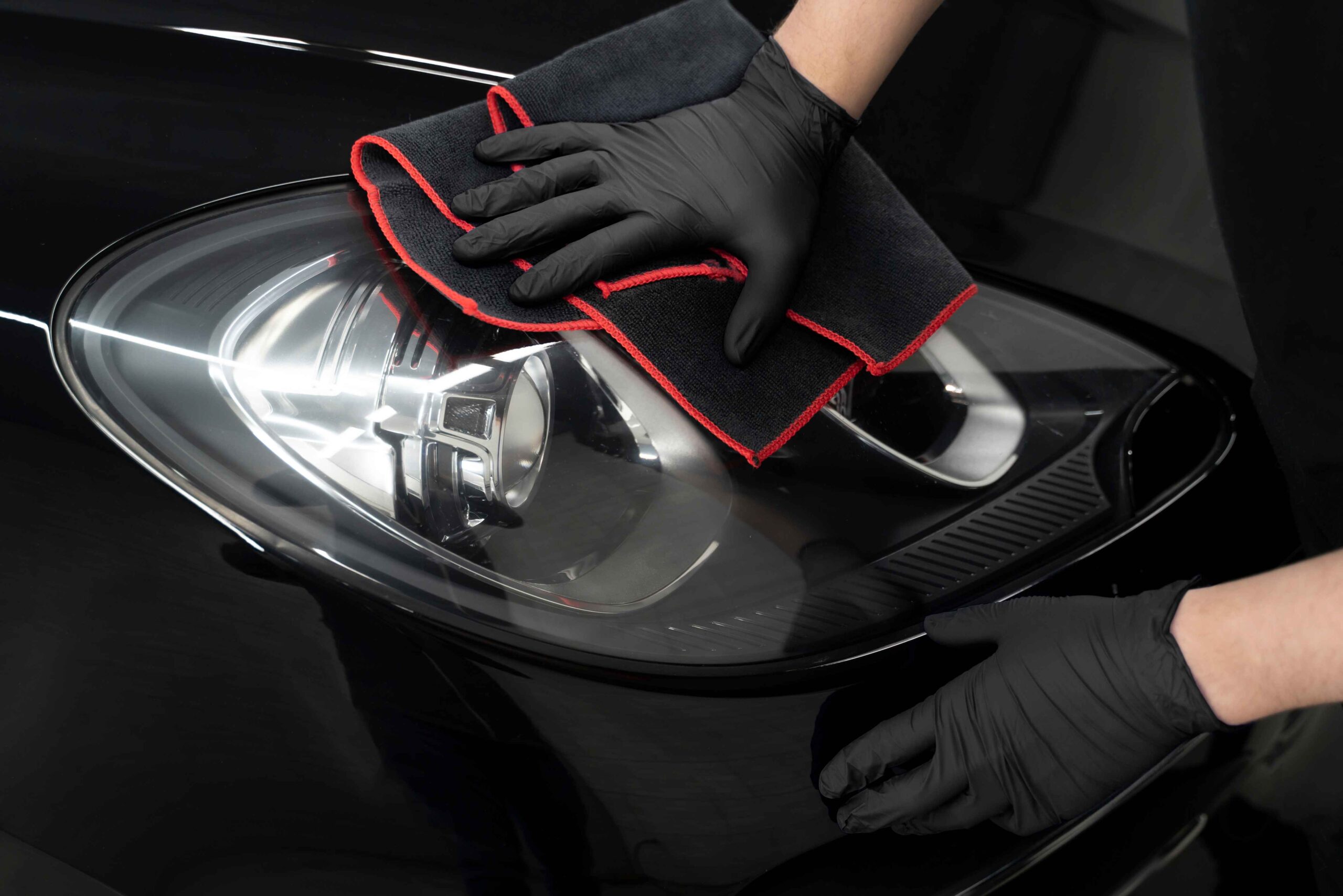The History of Automotive Restoration: A Journey Through Time
The Art of Automotive Restoration: Preserving History One Car at a Time
Automotive restoration is a meticulous and rewarding endeavor that breathes new life into classic vehicles, preserving their historical significance and aesthetic beauty. This intricate process has evolved over time, reflecting advancements in technology and the unwavering passion of enthusiasts.
In the early days of motoring, restoration efforts were primarily focused on maintaining functionality. As cars became more sophisticated, so too did the techniques employed to restore them. The 1950s and 1960s witnessed a surge in popularity for classic car restoration, driven by a growing appreciation for automotive heritage.
During this period, restoration methods became more refined, with an emphasis on authenticity and attention to detail. Restorers meticulously sourced original parts or painstakingly recreated them to ensure the vehicle’s historical integrity. The goal was to return the car to its original condition, preserving its unique character and value.
As technology advanced, so did the tools and techniques available to restorers. Computer-aided design (CAD) and 3D printing enabled the precise reproduction of intricate components. Laser scanning and digital imaging facilitated the accurate documentation and preservation of original details.
Today, automotive restoration has become a highly specialized field, with skilled artisans dedicated to preserving the legacy of iconic vehicles. Restorers draw upon a vast knowledge of automotive history, engineering, and materials science to ensure that each project meets the highest standards of authenticity and craftsmanship.
The process of restoration typically begins with a thorough assessment of the vehicle’s condition. Restorers carefully disassemble the car, documenting each component and identifying areas that require attention. The bodywork is meticulously repaired or replaced, using traditional techniques or modern materials as appropriate.
The mechanical components are overhauled or rebuilt to ensure optimal performance and reliability. The interior is restored to its original splendor, with attention paid to every detail, from the upholstery to the dashboard instruments.
Throughout the restoration process, restorers strive to maintain the vehicle’s historical integrity while incorporating modern safety and convenience features where necessary. The goal is to create a car that not only looks and drives like new but also meets the demands of contemporary motoring.
Automotive restoration is more than just a hobby; it is a testament to the enduring power of history and the human desire to preserve our heritage. By meticulously restoring classic vehicles, enthusiasts ensure that future generations can appreciate the beauty, innovation, and cultural significance of these automotive icons.
The Techniques of Automotive Restoration: Bringing Cars Back to Life
**The Art of Automotive Restoration: Preserving History One Car at a Time**
Automotive restoration is a meticulous and rewarding endeavor that breathes new life into classic vehicles, preserving their historical significance and aesthetic beauty. This intricate process involves a symphony of techniques, each contributing to the transformation of a dilapidated relic into a gleaming masterpiece.
At the heart of restoration lies the meticulous disassembly of the vehicle, a process that reveals its hidden secrets and provides a comprehensive understanding of its condition. Each component is carefully inspected, cleaned, and repaired or replaced as necessary. The bodywork, often the most visible aspect of the car, undergoes extensive metalwork to remove rust, dents, and imperfections. Skilled craftsmen wield hammers and welding torches to restore the original contours and lines.
Next, the engine and mechanical systems are overhauled. Pistons, valves, and bearings are meticulously inspected and replaced if worn. The electrical system is rewired, ensuring reliable operation and preserving the car’s original functionality. The suspension and brakes are rebuilt to provide a smooth and safe driving experience.
The interior of the car receives equal attention. Upholstery is replaced with period-correct materials, while the dashboard and trim are restored to their former glory. Attention to detail is paramount, as even the smallest details contribute to the overall authenticity of the vehicle.
Once the mechanical and cosmetic aspects are complete, the car undergoes a thorough paint job. The original color and finish are meticulously matched, ensuring a flawless appearance that captures the essence of the car’s era. The final step is the reassembly of the vehicle, a process that requires patience and precision. Each component is carefully fitted into place, ensuring a seamless integration that belies the car’s previous state of disrepair.
Automotive restoration is not merely a technical endeavor; it is an art form that requires a deep understanding of the vehicle’s history, design, and engineering. Restorers are not simply mechanics but also historians, preserving the legacy of these automotive icons for future generations.
By bringing classic cars back to life, restoration not only preserves their historical significance but also allows them to be enjoyed and appreciated by enthusiasts and collectors alike. These vehicles serve as rolling time capsules, transporting us back to a bygone era and providing a tangible connection to the past.
The Art of Automotive Restoration: Preserving History One Car at a Time
The Art of Automotive Restoration: Preserving History One Car at a Time
Automotive restoration is a meticulous and rewarding endeavor that breathes new life into classic vehicles, preserving their historical significance and aesthetic beauty. It is a labor of love that requires a deep understanding of automotive engineering, a keen eye for detail, and an unwavering commitment to authenticity.
The restoration process begins with a thorough assessment of the vehicle’s condition. This involves inspecting every component, from the engine and transmission to the bodywork and interior. Once the extent of the work is determined, a detailed plan is created, outlining the steps necessary to restore the vehicle to its former glory.
The next phase involves disassembling the vehicle, carefully removing each part and documenting its condition. This allows for a comprehensive restoration of every component, ensuring that the vehicle is rebuilt to the highest standards. The engine and transmission are meticulously overhauled, with worn parts replaced and tolerances carefully adjusted.
The bodywork is equally important, as it determines the overall appearance of the vehicle. Rust and dents are removed, and the original paint is carefully matched and applied. The interior is also restored, with attention paid to every detail, from the upholstery to the dashboard.
Throughout the restoration process, authenticity is paramount. Original parts are sourced whenever possible, and modern materials are used only when necessary to ensure the vehicle’s longevity. The goal is to preserve the vehicle’s historical character while ensuring that it can be enjoyed for generations to come.
The final step in the restoration process is reassembly. Each component is carefully put back in place, and the vehicle is meticulously tested to ensure that it operates as intended. The result is a stunning work of art that embodies the spirit of the original vehicle while meeting the demands of modern driving.
Automotive restoration is not merely a hobby; it is a form of preservation. By restoring classic vehicles, we not only preserve their historical significance but also ensure that future generations can appreciate the beauty and engineering prowess of these automotive icons. It is a testament to the enduring power of human ingenuity and a celebration of the enduring legacy of the automobile.




